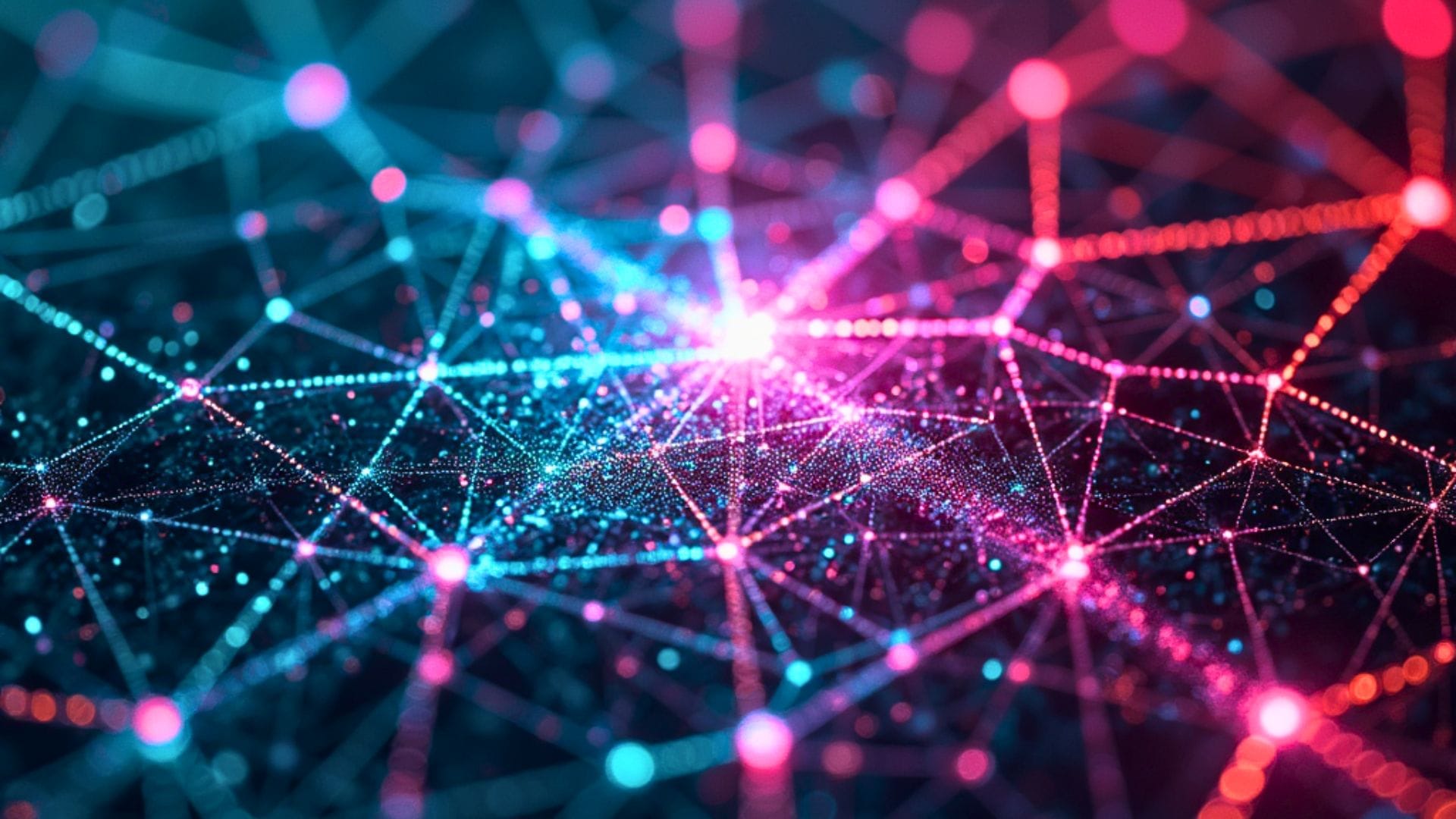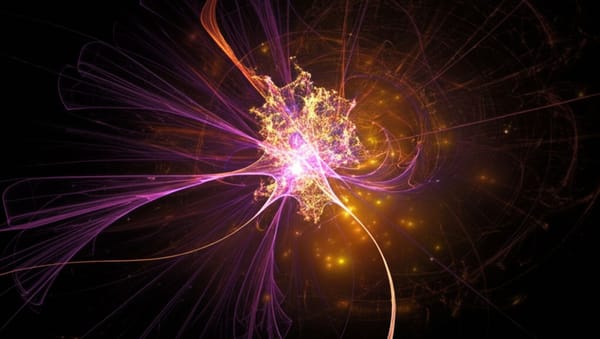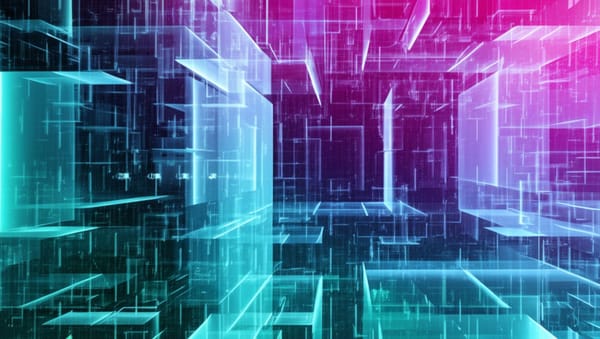The 5% Reality: Why Headlines About AI's Energy Crisis Are Misleading You

"I think people need to treat any of these claims with a grain of salt," warns Dr. Jonathan Koomey about the alarmist headlines suggesting artificial intelligence is dramatically increasing global energy consumption. "These headlines convey a sense of alarm, but they're being driven by a mistake that people make."
End of Miles reports that while concerns about AI energy usage continue to make headlines, the actual data tells a more nuanced story about technological impact on climate goals.
The Concentration Confusion
At the heart of these misconceptions is what Koomey identifies as a fundamental error in perception. When people notice high electricity usage in specific locations with data centers, they incorrectly extrapolate that pattern globally.
"They see some places where electricity use is growing a lot because of data centers in AI. And then they say, that must be happening everywhere." Dr. Jonathan Koomey
The energy analytics expert explains that data centers tend to cluster geographically for practical reasons. "People like to put them in the same spot," he notes, adding that this concentration creates pools of specialized workers in those areas.
While this clustering can create localized challenges, the Stanford researcher emphasizes a crucial distinction: "It's not an issue at the national level. It's not something right now that we're seeing."
The 5% Reality
Perhaps most revealing is Koomey's assessment of computers' actual share of global electricity consumption. Despite the exponential growth of AI applications and computational demands, the overall footprint remains surprisingly modest.
"Computers as a whole use on the order of 5% of our electricity, and that's including data centers." Koomey
This figure stands in stark contrast to the impression created by alarming headlines suggesting runaway energy consumption from artificial intelligence systems. The data analytics specialist notes that rather than simply viewing this 5% as a problem, we should consider its broader impact.
The Efficiency Multiplier
Far from being just an energy drain, Koomey argues that computing power serves as a force multiplier for efficiency across all sectors of the economy.
"That 5% allows us to use the other 95% of the electricity and all of the fuels a lot more efficiently." The energy expert
He points to technological efficiency improvements occurring at a remarkable pace, noting that "we're doubling efficiency every 2.6 years or so." This rate of advancement means that computing power—including AI systems—can drive optimization and reduction in energy consumption across transportation, manufacturing, building management, and countless other domains.
For those concerned about climate impact, the energy usage specialist suggests a more holistic metric: "The formula is: are total emissions going down?" This perspective shifts focus from isolated measurements of data center electricity usage to the net effect of technological advancement on achieving climate stability.
Beyond the Headlines
While cautioning against localized challenges of data center concentration, Koomey ultimately presents a counternarrative to the doomsday scenarios often portrayed in media coverage. The computational investments happening now, he suggests, may enable "big structural changes" with significant positive effects on society's environmental trajectory.
For those tracking AI's environmental impact, the expert's message is clear: context matters, system-wide effects outweigh local anomalies, and the ultimate measure of success isn't the electricity bill of a data center—it's whether technological advancement is helping drive total emissions toward zero.





